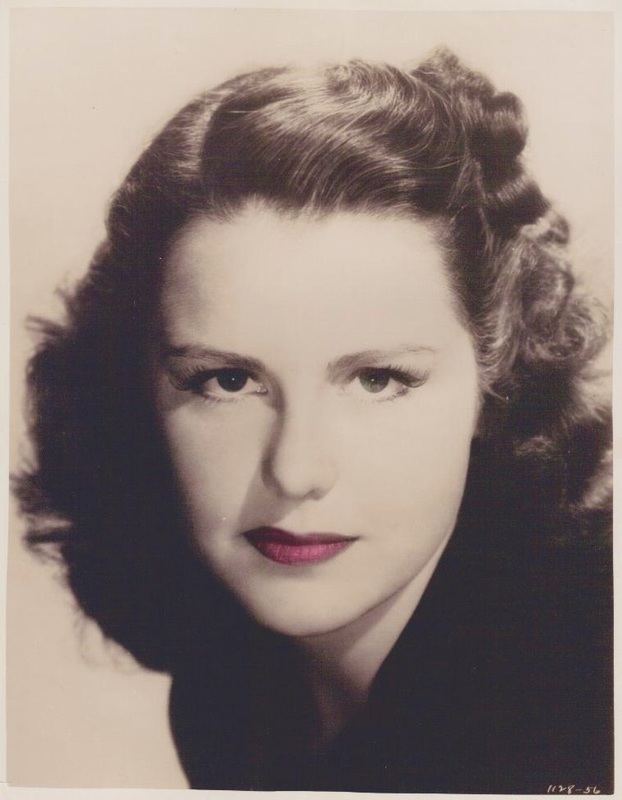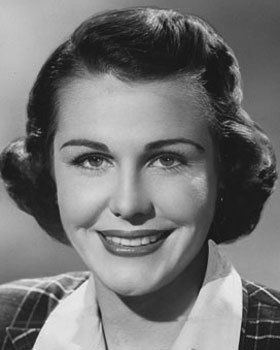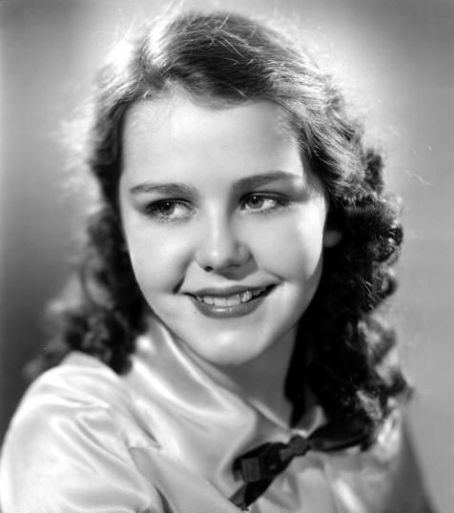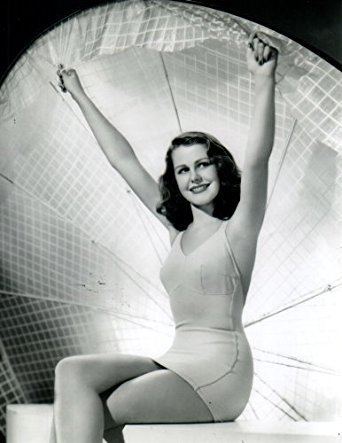Years active 1927-1958 Name Helen Parrish | Role Movie actress | |
 | ||
Died February 22, 1959, Hollywood, California, United States Children Charles George Lang, Jr., Molly Lang Parents Gordon R. Parrish, Laura R. Parrish Movies Three Smart Girls Grow Up, In Old California, First Love, Mystery of the 13th Guest, Little Tough Guy Similar People Robert Parrish, Henry Koster, William C McGann, Binnie Barnes, John Guedel | ||
Movie Legends - Helen Parrish
Helen Parrish (March 12, 1924 – February 22, 1959) was an American movie actress, the daughter of stage and film actress Laura Parrish.
Contents

Career

She started in movies at the age of 2, getting her first part playing Babe Ruth's daughter in the silent film Babe Comes Home in 1927. She was featured in the Our Gang comedy shorts and sometimes played the lead character as a child, co-starring with some of the great female stars of the day. In her teens she made herself known as a kid sister. But during this time she was probably most notable as an irritant of Deanna Durbin in several of her vehicles, playing a jealous, spiteful rival.

Their first film together, Mad About Music (1938), worked so well that they soon formed a sort of Shirley Temple/Jane Withers team in a couple of other movie confections for Universal. In their second film together, Three Smart Girls Grow Up (1939), Parrish replaced Barbara Read as sister Kay Craig. Her films included X Marks the Spot (1931), When a Feller Needs a Friend (1932), A Dog of Flanders (1935), Little Tough Guy (1938), I'm Nobody's Sweetheart Now (1940), Too Many Blondes (1941), X Marks the Spot (1942; a remake of her earlier film), and The Wolf Hunters (1949).

By her mid-twenties she had left motion pictures and turned to television, co-hosting Hour Glass, the first U.S. network variety show in 1946-47. In an era when "... it was a social 'taboo' for a pregnant woman to display herself in public," Parrish was forced to leave Hour Glass as a result of her pregnancy.

One notable TV role was that of Geraldine Rutherford in the first season of the American television situation comedy Leave It to Beaver.
Her last role on television was as women's editor of a morning program, Panorama Pacific, on the West Coast.
Family
Her brother, Robert Parrish, was a minor child actor who earned respect as a film editor and director and her other sister, Beverly Parrish, died suddenly at the age of 11 after filming only one movie.
On July 11, 1942, Parrish married actor Charles G. Lang, Jr. in Hollywood. They divorced in 1954. and in 1958, she married television producer John Guedel, who survived her.
Recognition
Parrish has a star at 6263 Hollywood Boulevard in the Motion Pictures section of the Hollywood Walk of Fame. It was dedicated on February 8, 1960.
Death
Parrish died from cancer at Presbyterian Hospital in Hollywood in 1959, several weeks before her 35th birthday. She was survived by her husband and two children.
